Movement Ecology
Movement Ecology
Movement Ecology
Movement Ecology


MOVEMENT RESEARCH
Movement ecology is the study of the drivers and consequences of all movement phenomena. An animal’s diet may be a movement driver, a consequence, or both. Feeding behavior in an animal determines its immediate movement choices and also influences its intestinal microbiome and exposure to parasites. Overall health, and especially gut health, subsequently determine an animal’s ability to convert food to smaller components that the body needs to function, thereby indirectly affecting movement once more. A final determining factor for an animal’s movement is also the movement of conspecifics, as well as other species (e.g. predators).
We study movement ecology of multiple species as a series of integrated data layers.
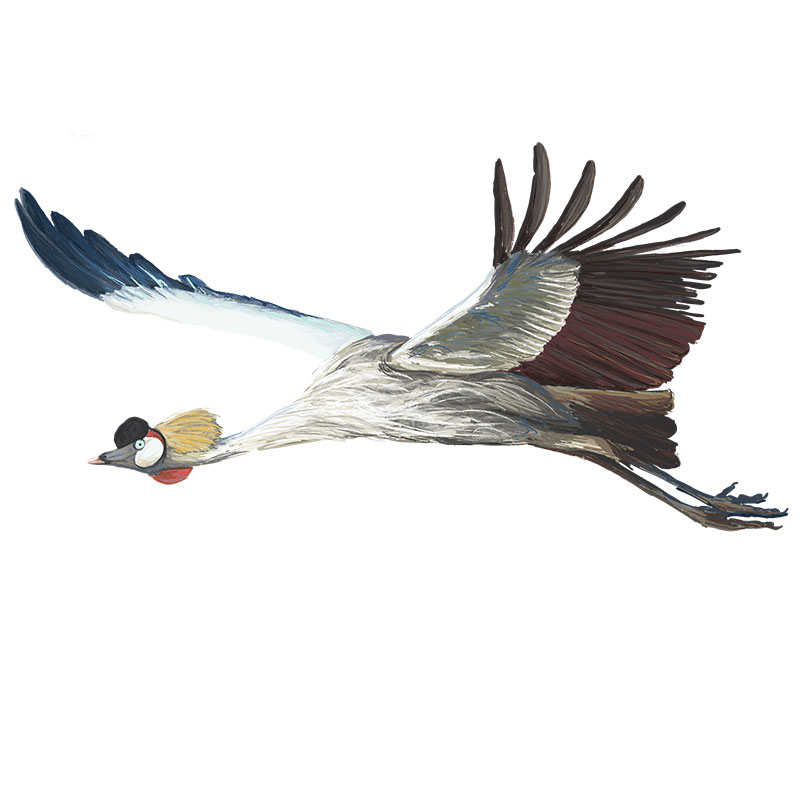

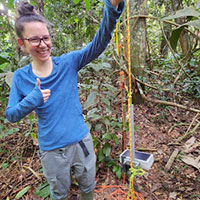
UHF Receiver Grid
Evenly spaced, solar-powered receivers in the forest canopy that record animal movement
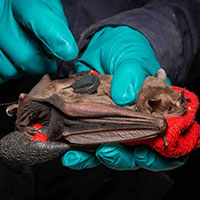
Temporary UHF Tags
from 3 - 6 grams, these tiny tags will convey whereabouts of animals for multiple weeks before falling off.
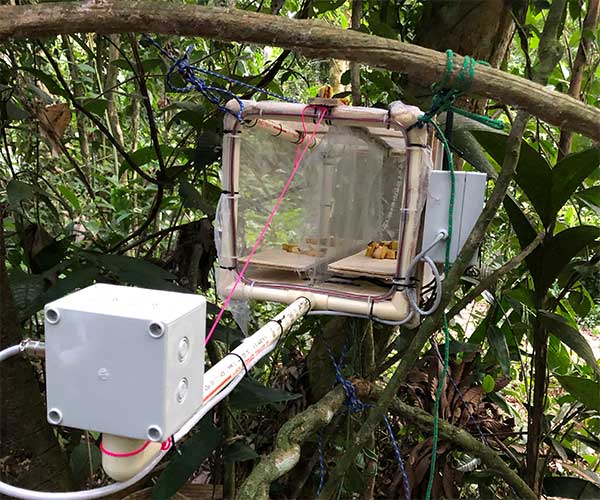
Nature Stations
A multipurpose monitoring tool for habituated animals that simultaneously collects weight, images, and RFID tags.

LoRa Network
LoRa antennas receive GPS data from animals large enough to carry GPS collars. The same antennas receive alerts when animal traps open or close, so that the field reseach team can respond quickly

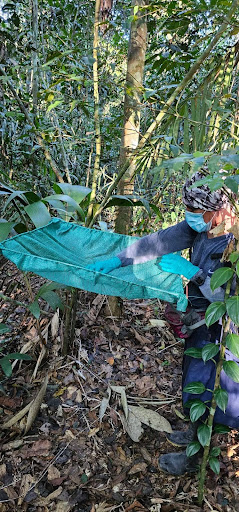
Seed Fall Plot
Suspended seeds traps are inspected multiple times a week for fruit dispersal. If fecal samples are found, molecular techniques are used to identify the disperser animals and the parent plant.
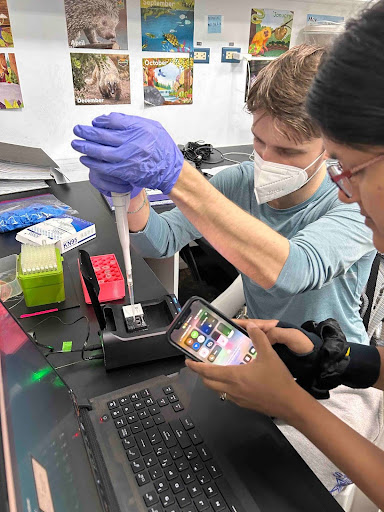
DNA Metabarcoding
Analyzing fecal samples with broad diet and bacterial gene markers allow us to associate animal movement with feeding behavior and seed dispersal (which influences forest composition)
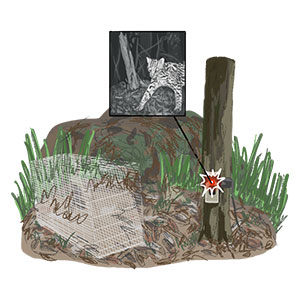
Camera Trapping
Camera trap data helps us to determine where to focus our research activities, and assess the influence of interspecific factors on animal movement.
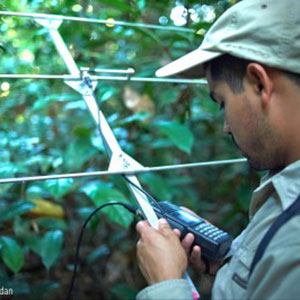
Radio Telemetry
For habituated animals, tracking them by sound and radio telemetry with a handheld GPS, which records location at fixed intervals, gives an approximation of movement behavior
MOVEMENT TECH OVERVIEW
These technologies allow us to track animal movement and population stability without disturbing them by our presence.
Recent Publications

P-chips are as small as a grain of sand and provide us with new options for monitoring bat survival across years.
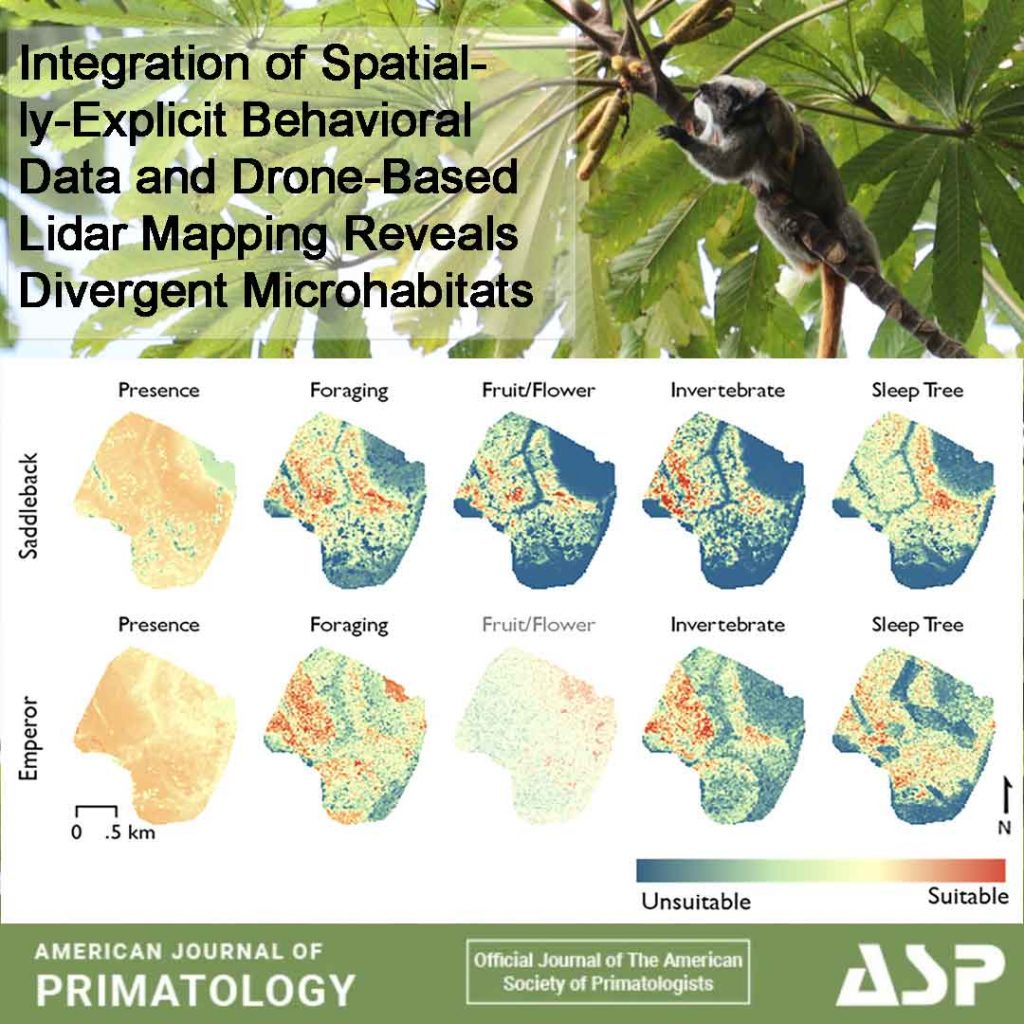
Tamarin species seem similar, but overlay behavioral data with lidar forest structure and niche partitioning becomes clear.
Location: 443 Old Via Rancho, Escondido CA 92029
Phone: +1 (314) 649-8636
